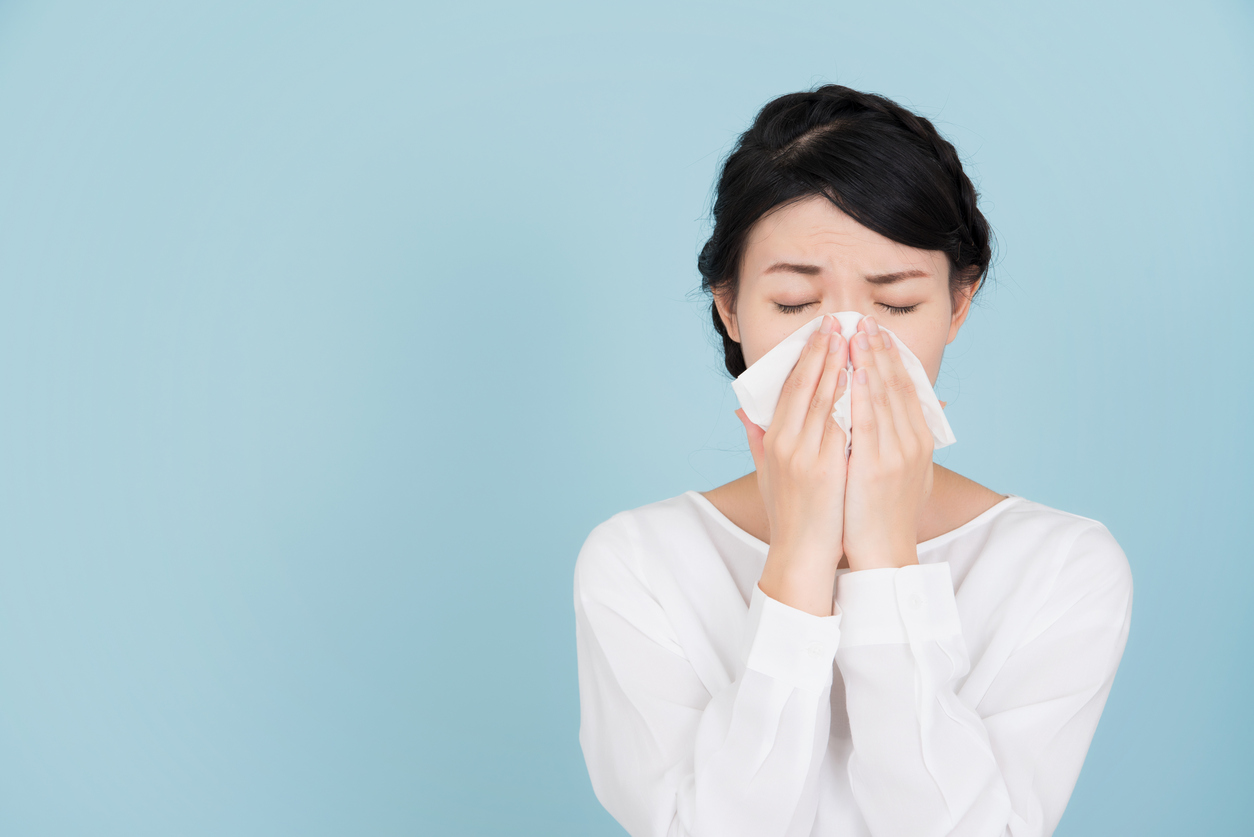Common misconceptions about allergies

In order to get rid of allergies, it is enough to give up sweets.
This is not true, allergies are related to food, but not unambiguously with the use of sweets. Among the list of foods with high allergenic activity, there is not a large percentage of sweets.
There are significantly fewer allergy sufferers among vegetarians than among meat lovers.
Officially, such studies have not been carried out, so it is impossible to reasonably say that this is so. Allergy to meat is quite rare, because substances that could cause allergic reactions are mostly neutralized during heat treatment.
Children born in a home with a cat do not experience allergies.
This is not true. If a child is born in a family where there is a cat, then it is to this cat that protective antibodies can develop and there will be no allergic manifestations. But if this child has a predisposition to allergies, then when faced with other conditions of life, with other animals, even with other cats, the allergy may manifest itself.
It often happens that if a person is sensitive to one species of animals, then allergic reactions to other species also cross. If the examination, for example, reveals an increased sensitivity to the cat’s epidermis, it is not recommended to have any pets, neither dogs, nor hamsters, nor birds.
The main cause of allergies is dysbiosis.
Allergy is the body’s sensitivity to various substances that do not cause painful reactions in most people, associated with an atypical reaction of the immune system.
Dysbacteriosis cannot be the cause of allergy, but it can be a concomitant pathology in allergic diseases. What is dysbiosis is an imbalance in the intestinal microflora. Each person has many types of bacteria in the gastrointestinal tract, when the balance in the composition of this flora is disturbed, various symptoms arise: impaired digestion, impaired production of enzymes for splitting food, the production of interferon in the duodenal mucosa decreases, that is, the protective functions of the body decrease. You should not be tested for dysbiosis without serious indications for this. We have 400-500 species of flora, only 14 are being studied in the laboratory, and it is at least not logical to judge the complete picture by such a small percentage of the flora being investigated.
If a person has a strong food allergy to some product, then by introducing it a little bit, you can “accustom” the body and there will be no more allergic reactions to it.
There are foods that can lose their ability to cause allergies with age. For example, a very common childhood reaction to milk and dairy products in most cases goes away as the child grows up. This does not depend on whether this product was consumed or not. But to most foods with strong allergenic activity, intolerance can persist for life. The reaction to these foods can be very pronounced and even life-threatening, therefore it is necessary to completely exclude them from the diet. These include nuts, fish, seafood and crustaceans, and peanuts.
If a parent has an allergic reaction to a certain type of irritant, such as pollen, or an allergy to fish, then the child will also be allergic to it.
Allergies can be inherited, and parents with allergic diseases have a much higher risk of having a child with allergies than those who have not. But it is the predisposition that is transmitted, and not the specific type of allergy, the child may have a reaction to completely different potential allergens than the parents.
If there was no allergy in childhood, then it will not appear in adulthood.
Unfortunately, this is not so. Both pollen and food allergies can occur at any age, even if there were no manifestations in childhood. But on the contrary, it happens that children with allergic reactions do not face this problem in adulthood.
Allergies are not treated, you can only avoid contact with allergens or remove the manifestations of allergies with antihistamines.
This is not true. There is a method of treating allergies, it is called Allergen-Specific Immunotherapy (ASIT) and is based on the introduction of very small doses of allergens, with a gradual increase. The drugs are administered either in drops or injections. Thus, the immune defense against this irritant is developed and the sensitivity to it decreases.
It is mainly used to treat hay fever, treatment with the ASIT method reduces the likelihood of hay fever turning into more severe forms, in particular, bronchial asthma. Recently, drugs have begun to appear for the treatment of household allergies. In case of polyvalent allergy, when there is a reaction to several different allergens, treatment with this method gives good results not only in the treatment of hay fever, but also facilitates the manifestation of household allergies https://en.wikipedia.org/wiki/Allergy, for example, to dust.
Treatment is carried out outside the flowering season, in the autumn-winter period.